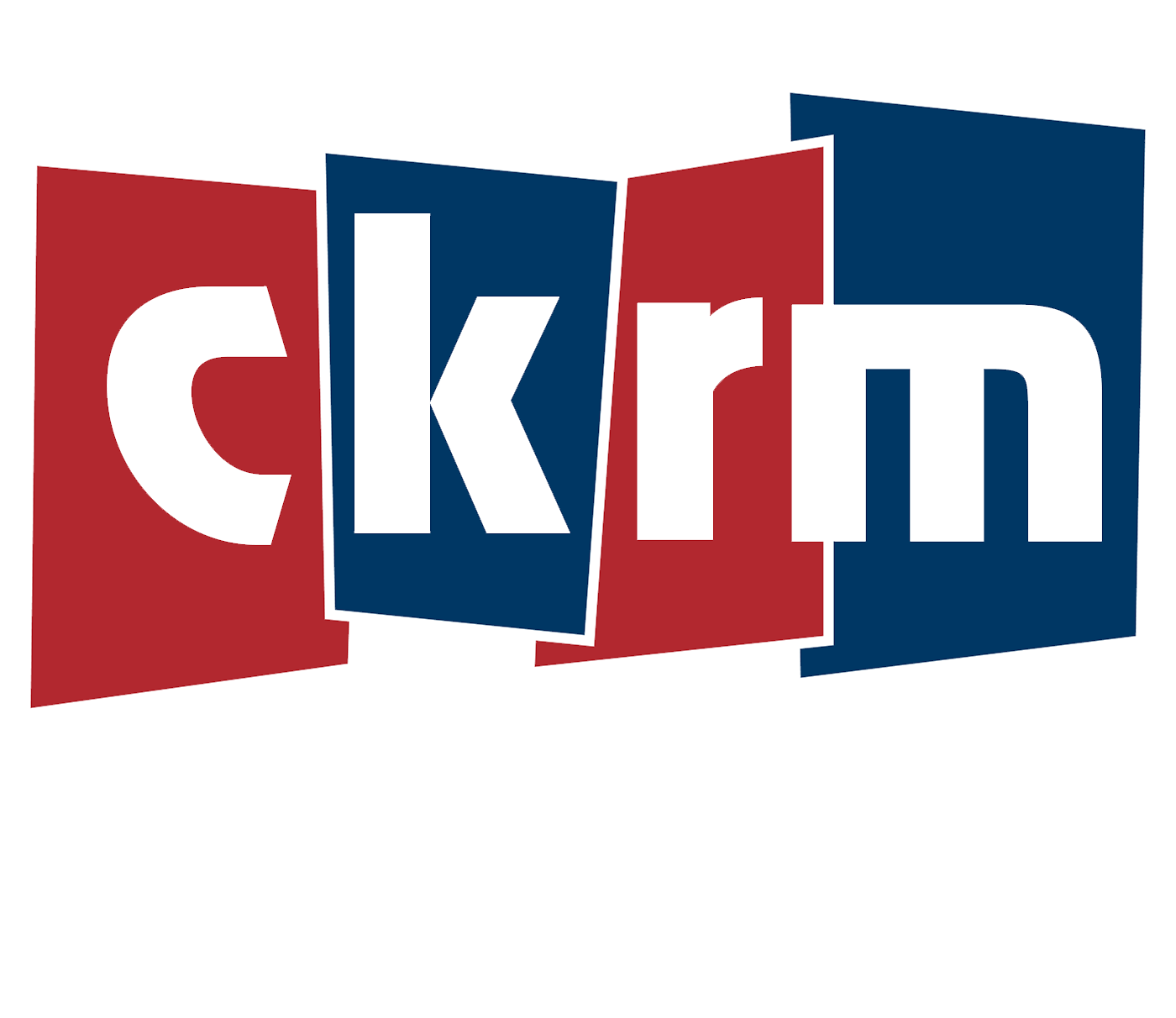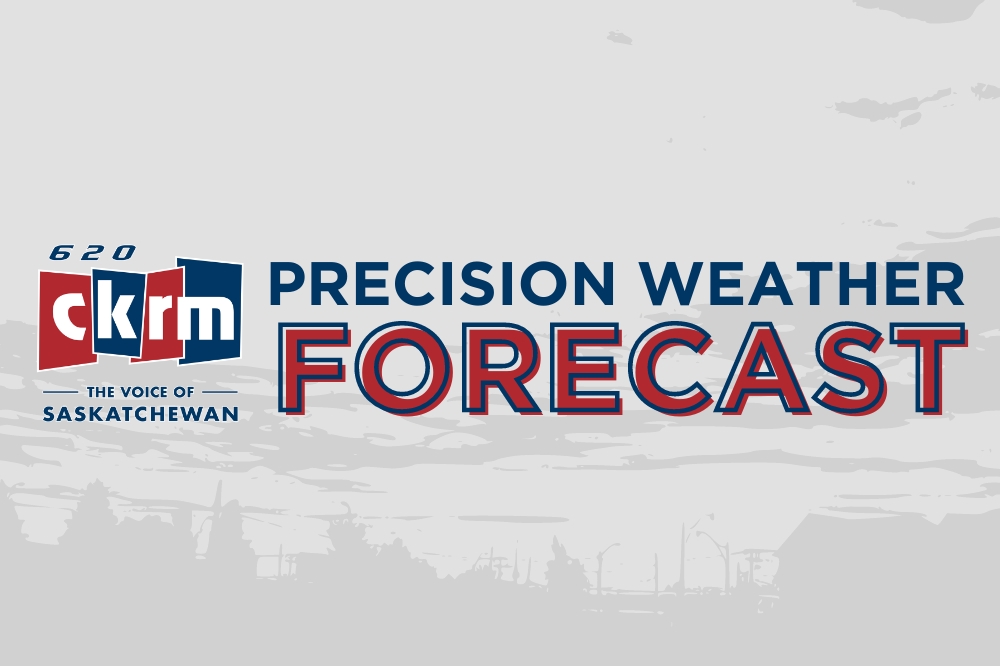REGINA — Farmers are getting less while consumers are paying more. This is the key finding of the Agricultural Producers Association of Saskatchewan’s 2024 Farmers and Food Prices report.
This year’s update highlights a concerning trend: farmers are receiving lower prices for their commodities at the same time as consumers are shelling out for higher prices at the grocery store, according to an APAS press release. This discrepancy raises the critical question of why food retail prices are steadily increasing, says APAS.
“The disparity between the farmers’ portion and retail prices highlights a broken system that fails both producers and consumers,” said APAS president Ian Boxall. “This report underscores the critical need for a more transparent and equitable food supply chain that fairly compensates producers while also ensuring affordability for Canadians.”
Echoing these sentiments, the recent report from the Standing Committee on Agriculture and Agri-Food titled “A Call to Action: How Government and Industry Can Fight Back Against Food Price Volatility” emphasizes similar concerns. The committee’s recommendations highlight how reduced competition in food retail negatively impacts consumers and offers strategic guidance to ensure the agricultural marketplace remains fair and competitive, thereby protecting our economy, consumers, and producers.
The APAS report, supported by research from Statistics Canada, respected Canadian market analyst Kevin Grier and the United States Department of Agriculture, indicates that prices for raw commodities such as canola, wheat, lentils, barley and hogs dropped by 5-16 per cent from 2022 to 2023, while food products made from these commodities saw price increases.
Particularly striking were the retail price jumps in margarine at 21 per cent and beer at 19 per cent respectively, despite a decreasing percentage of grocery store prices (farm share) on multiple products making its way to producers. The share of the retail cost farmers received in 2023 for products like bread and beer, for example, fell by 20 and 28 per cent respectively.
“The outcry from the public is a wake-up call that aligns with what we’ve been, and will continue, advocating for the need for a competitive market with fair practices, and transparency that support both the producer and the consumer,” said Boxall. “We hope this serves as a catalyst for real change toward a system that values the hard work of farmers and restores consumer confidence.”








